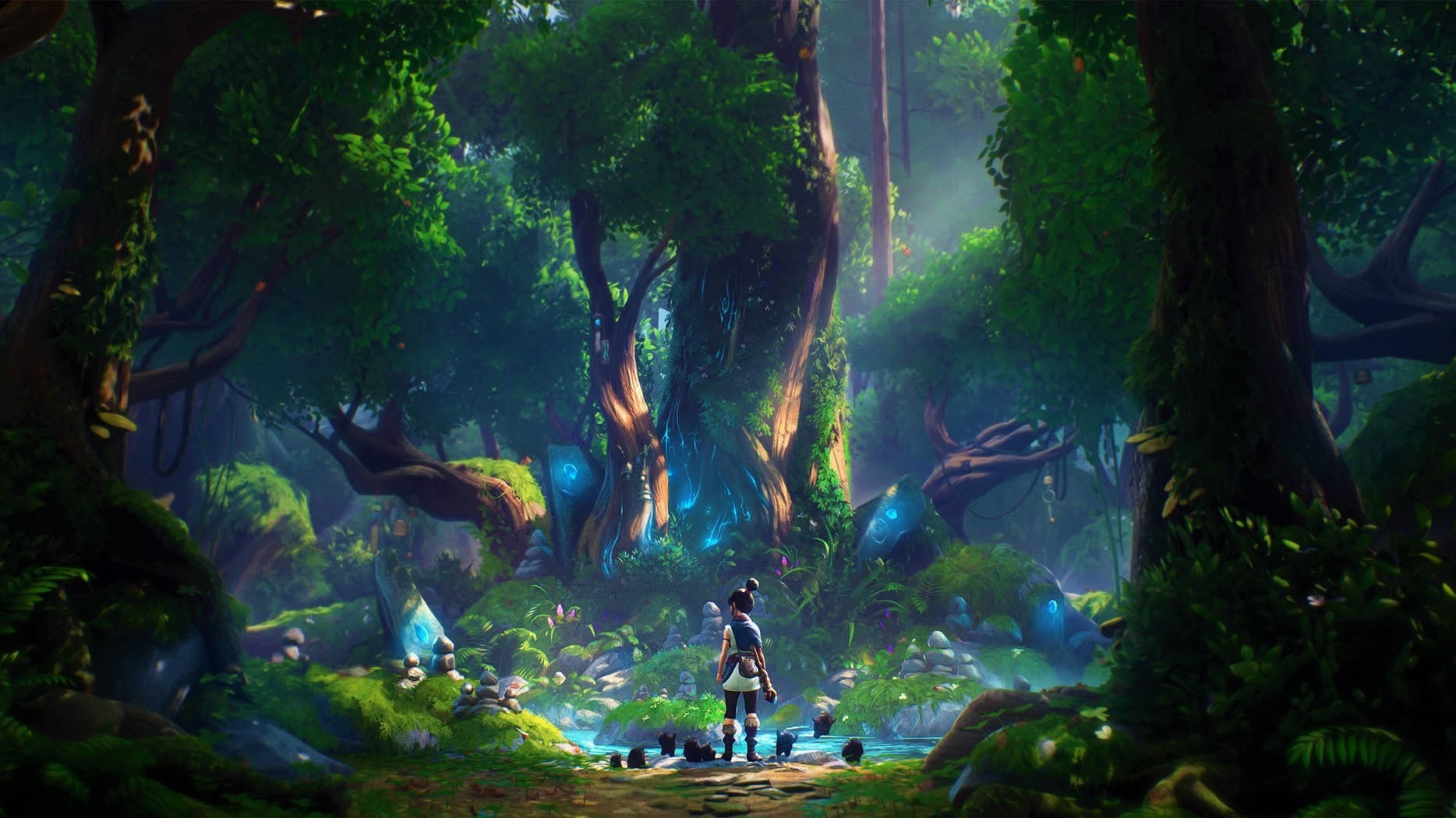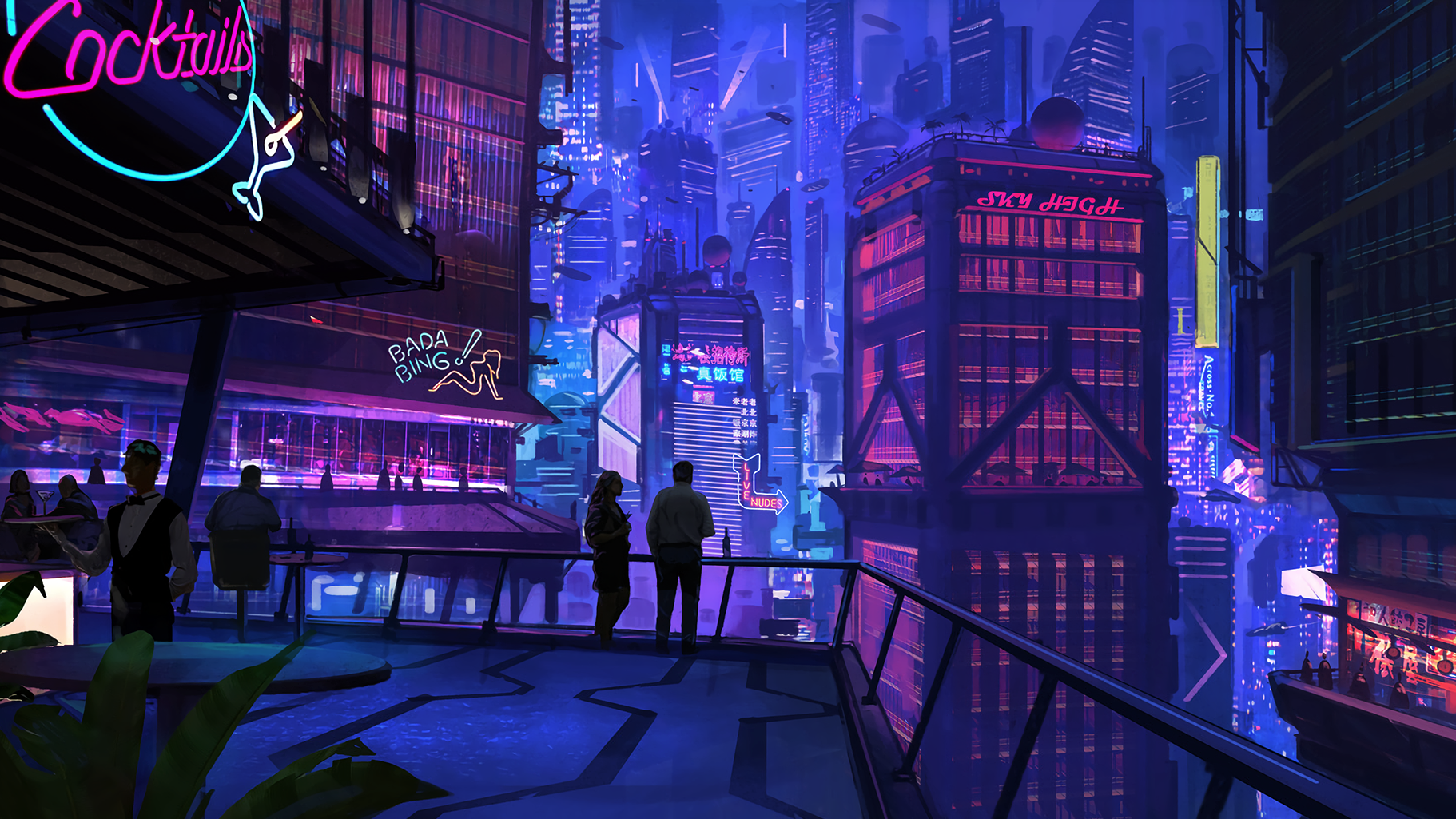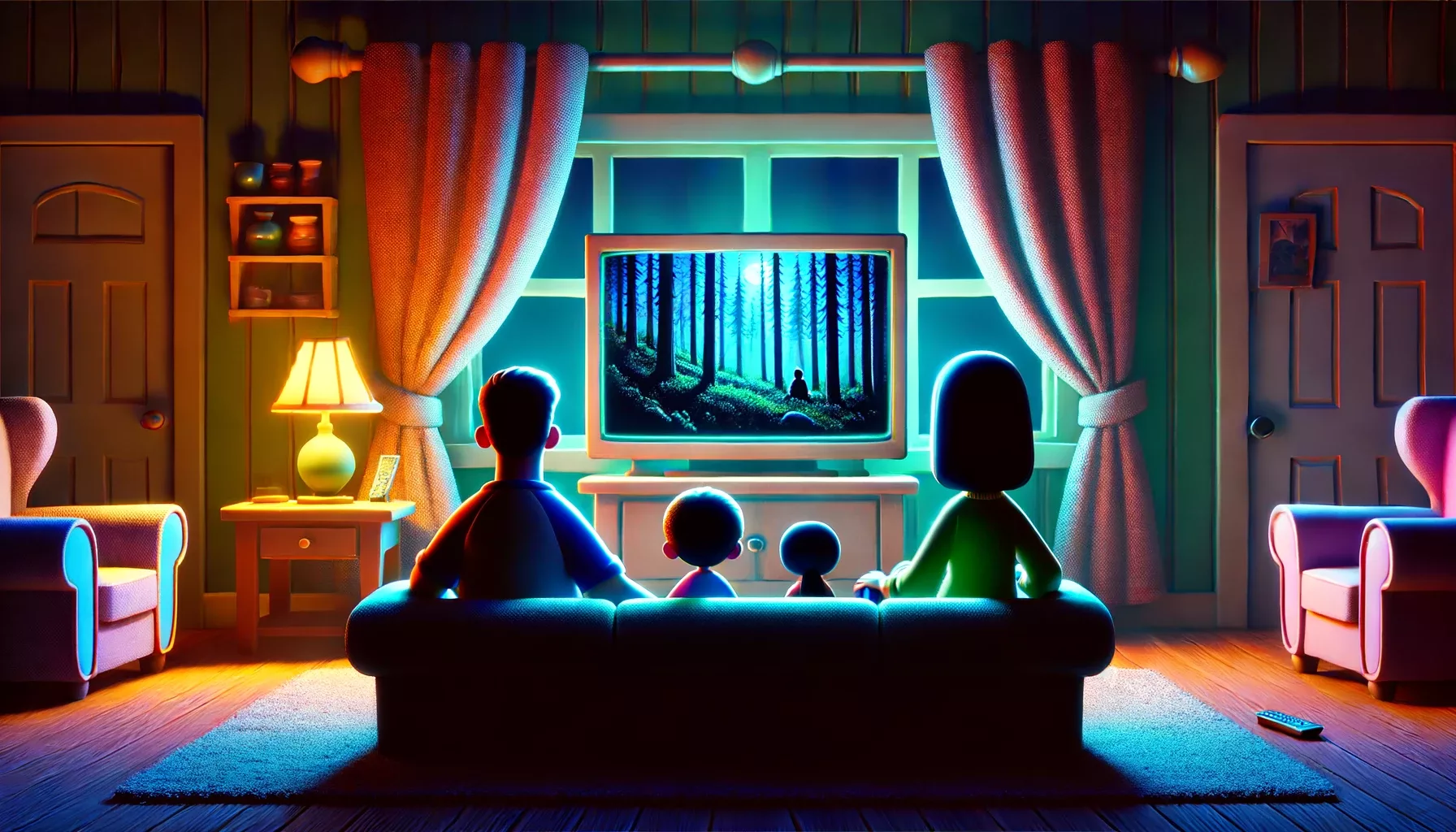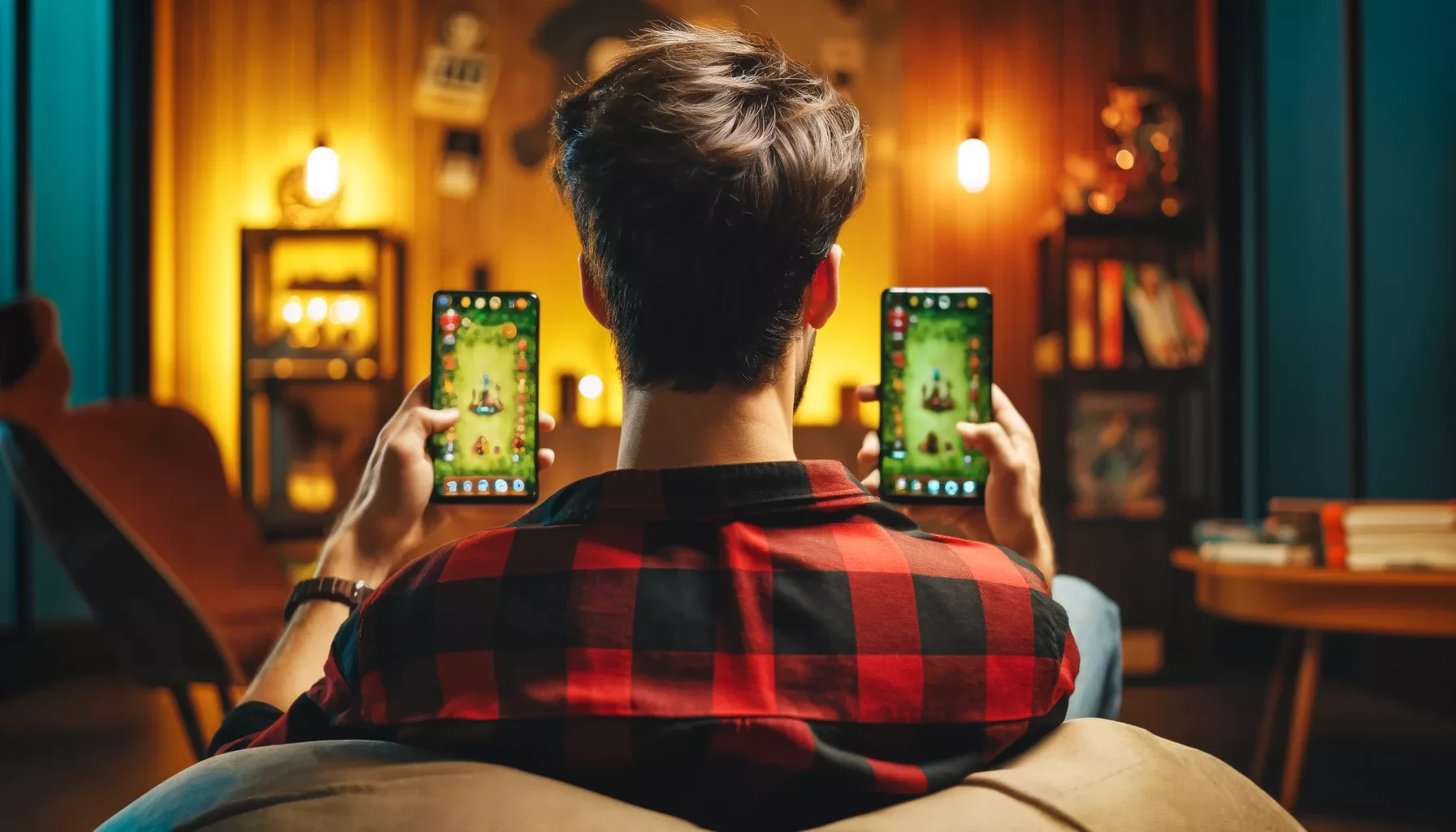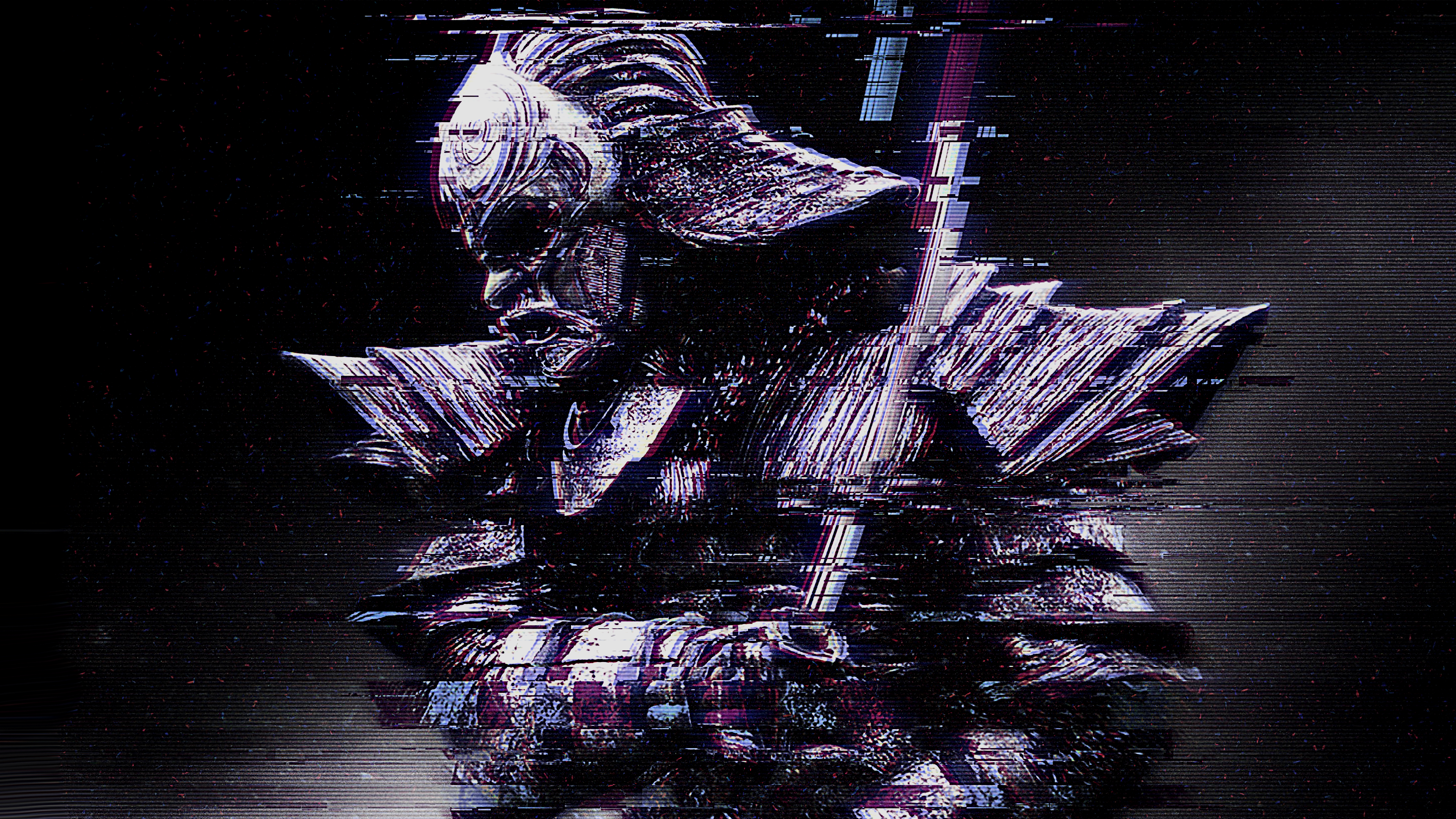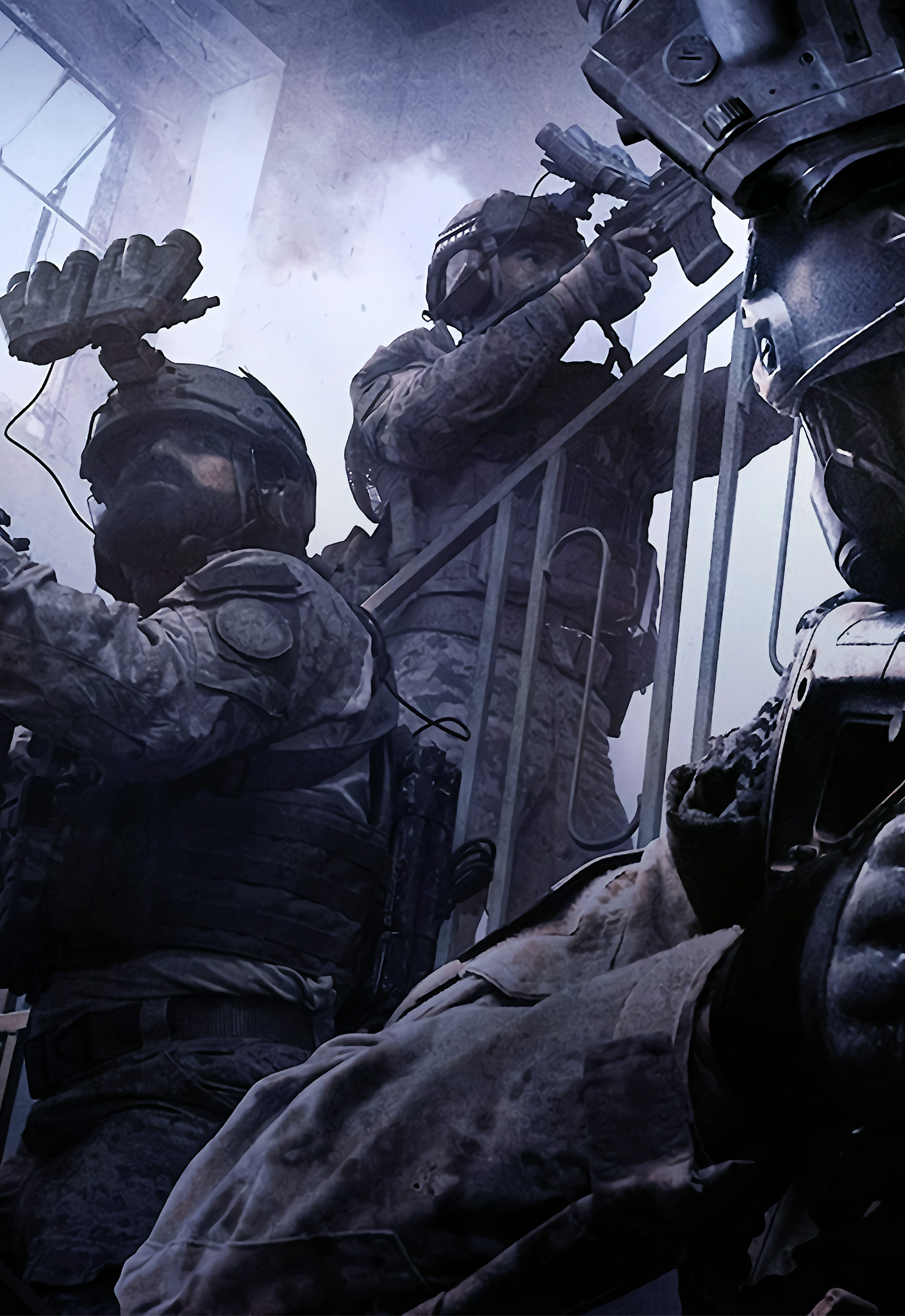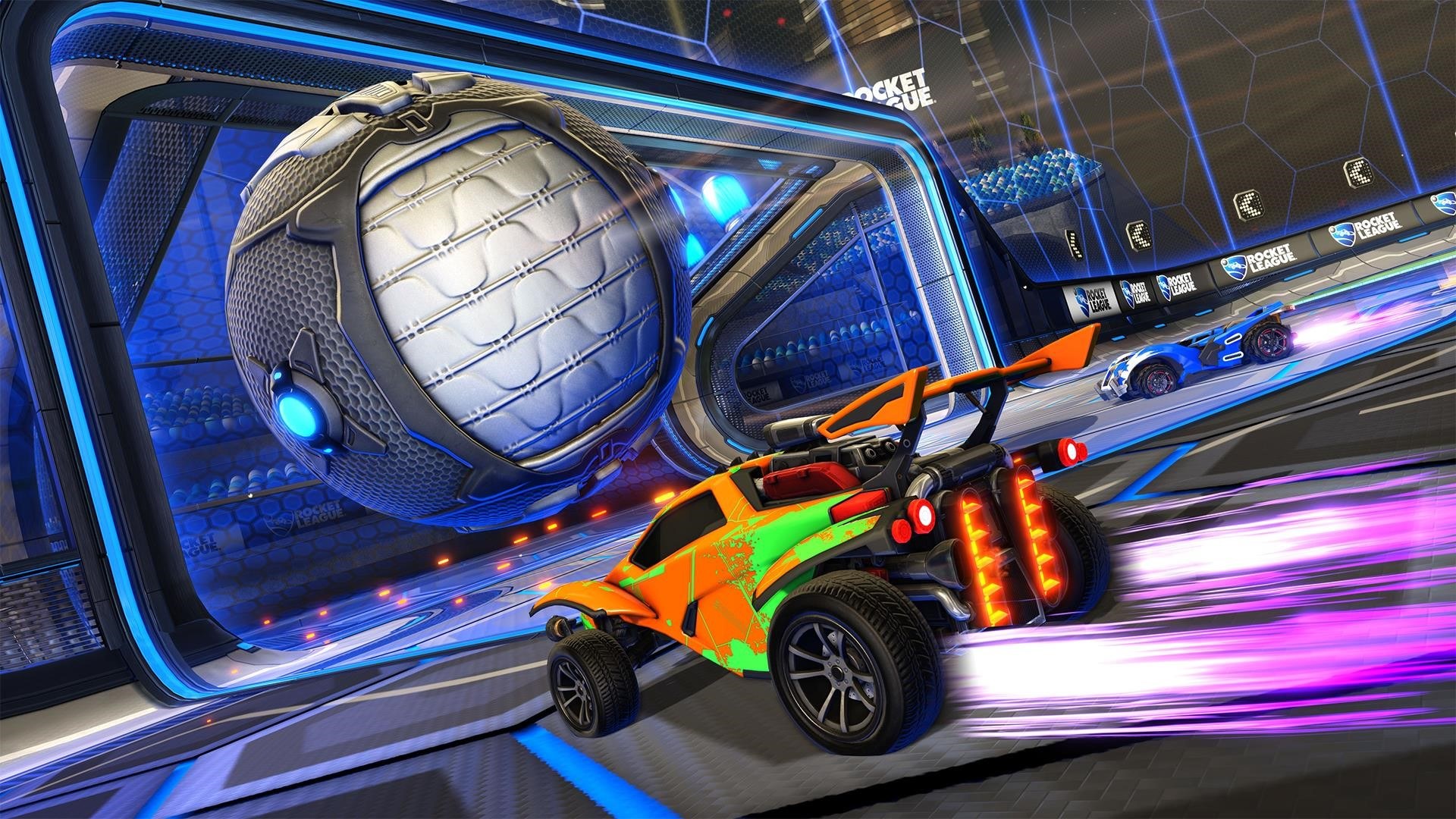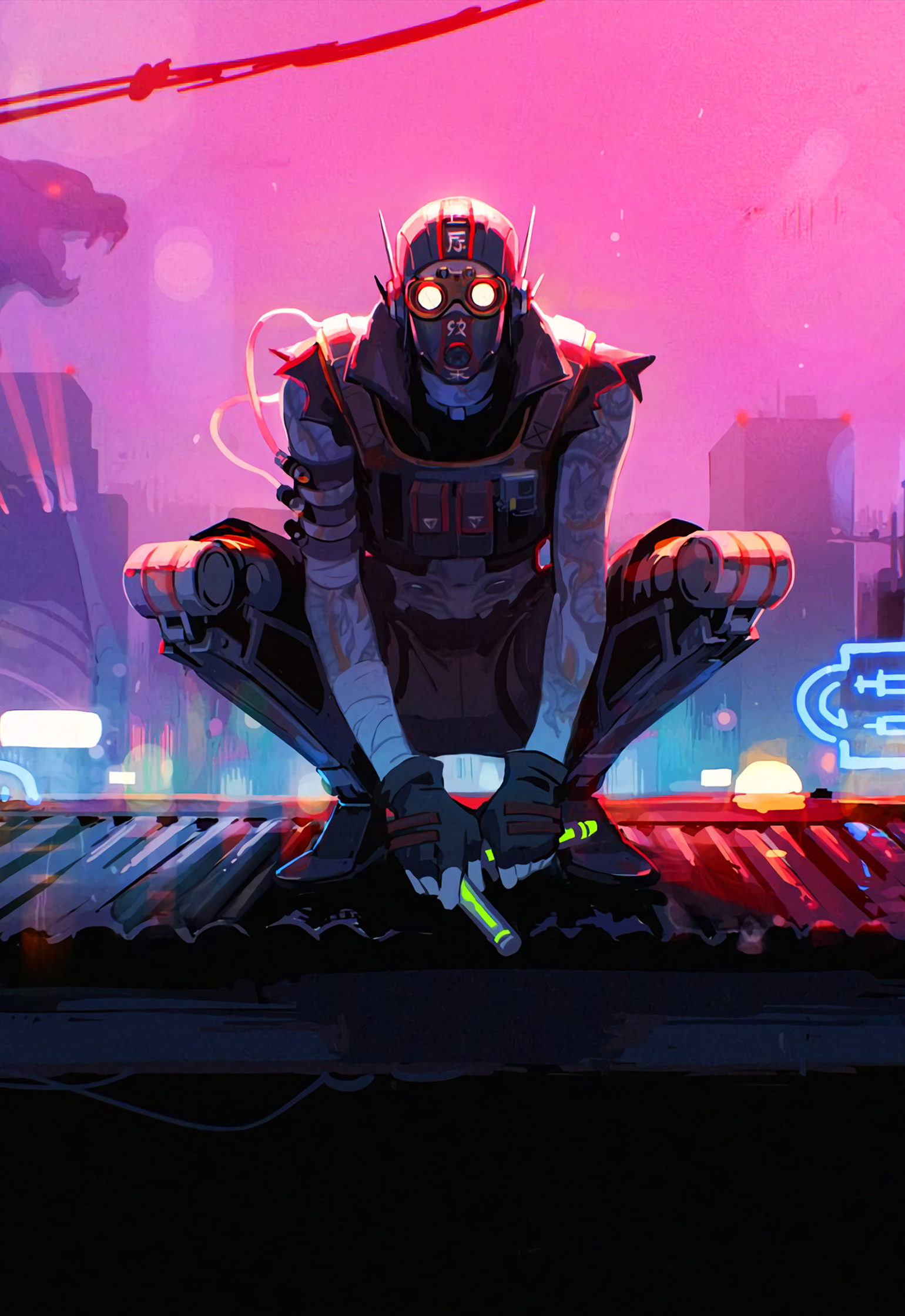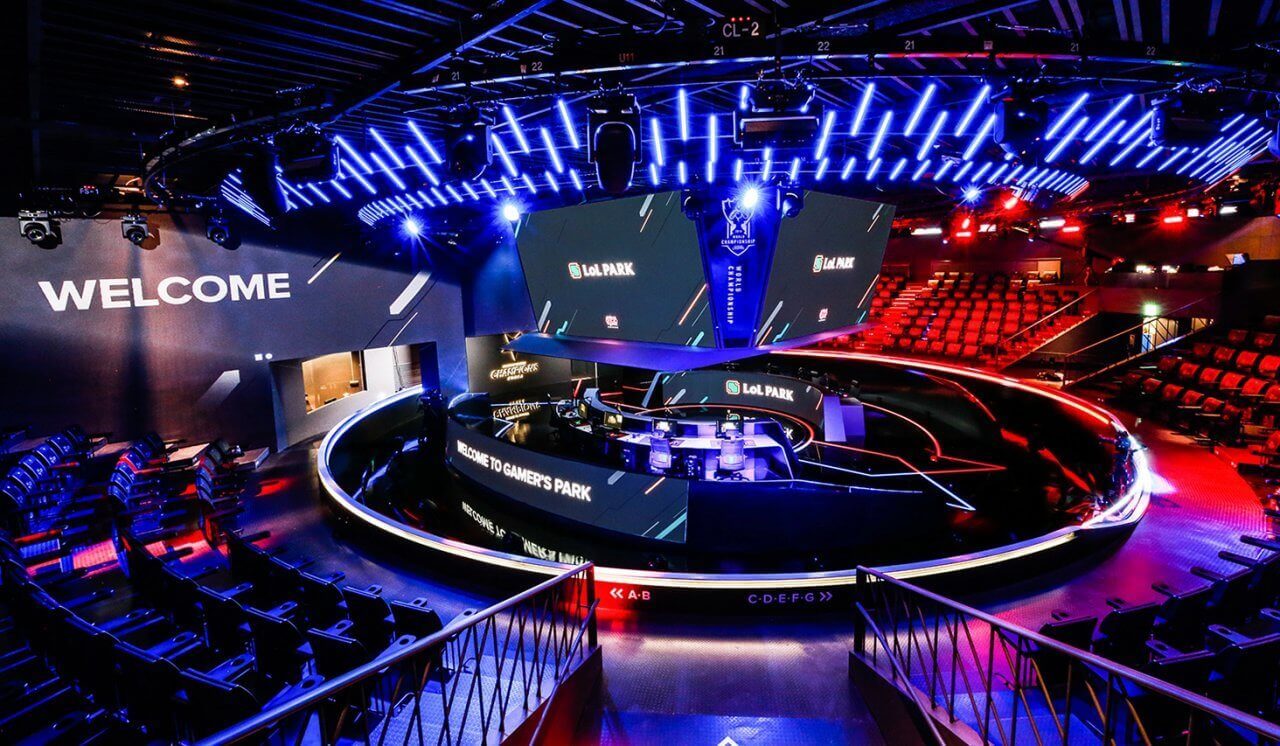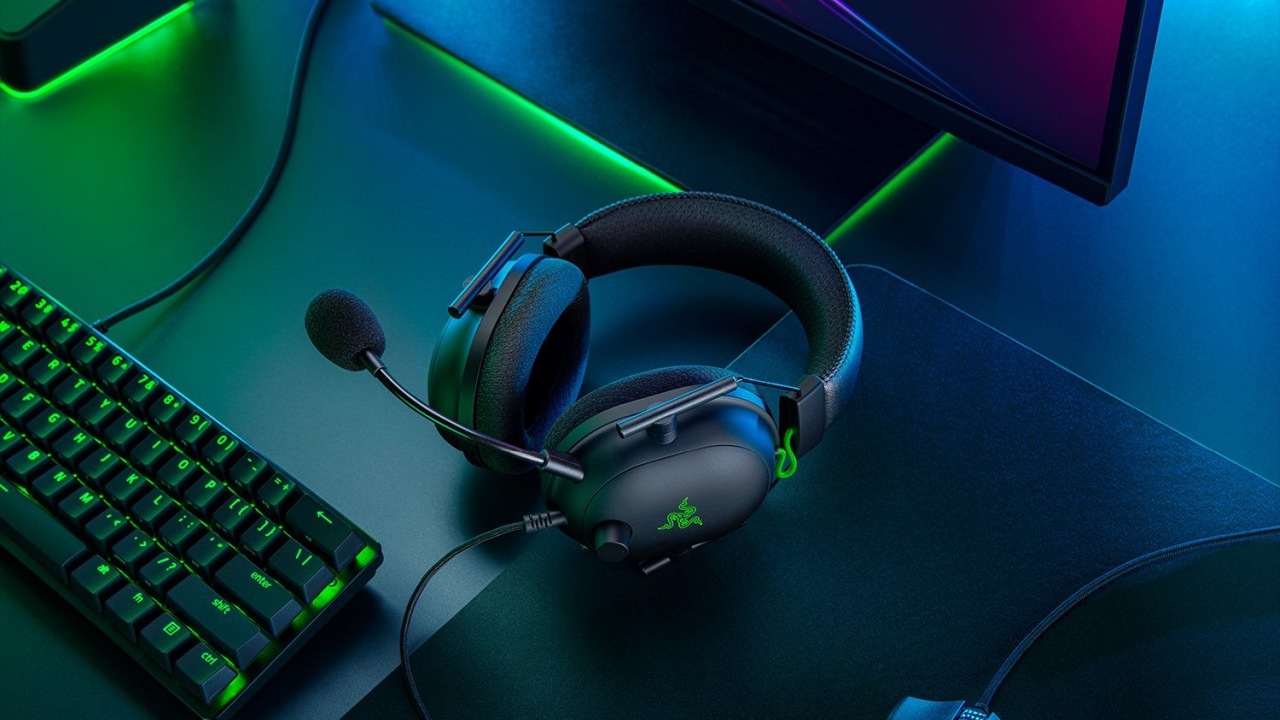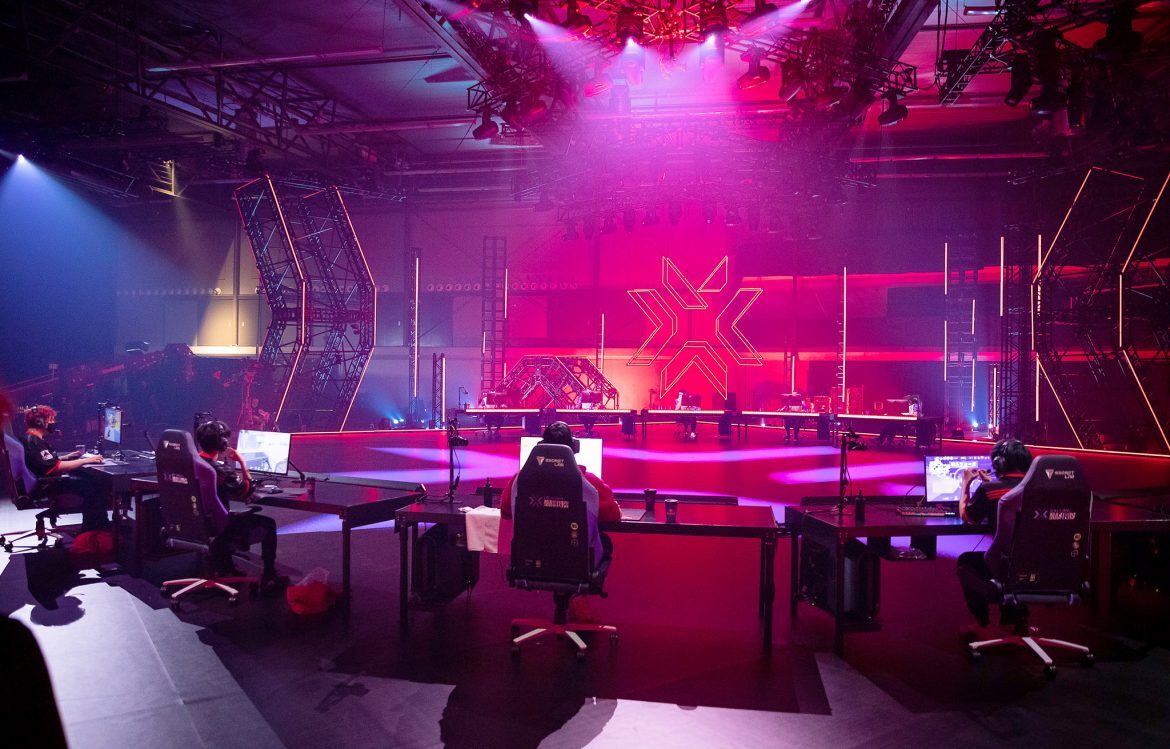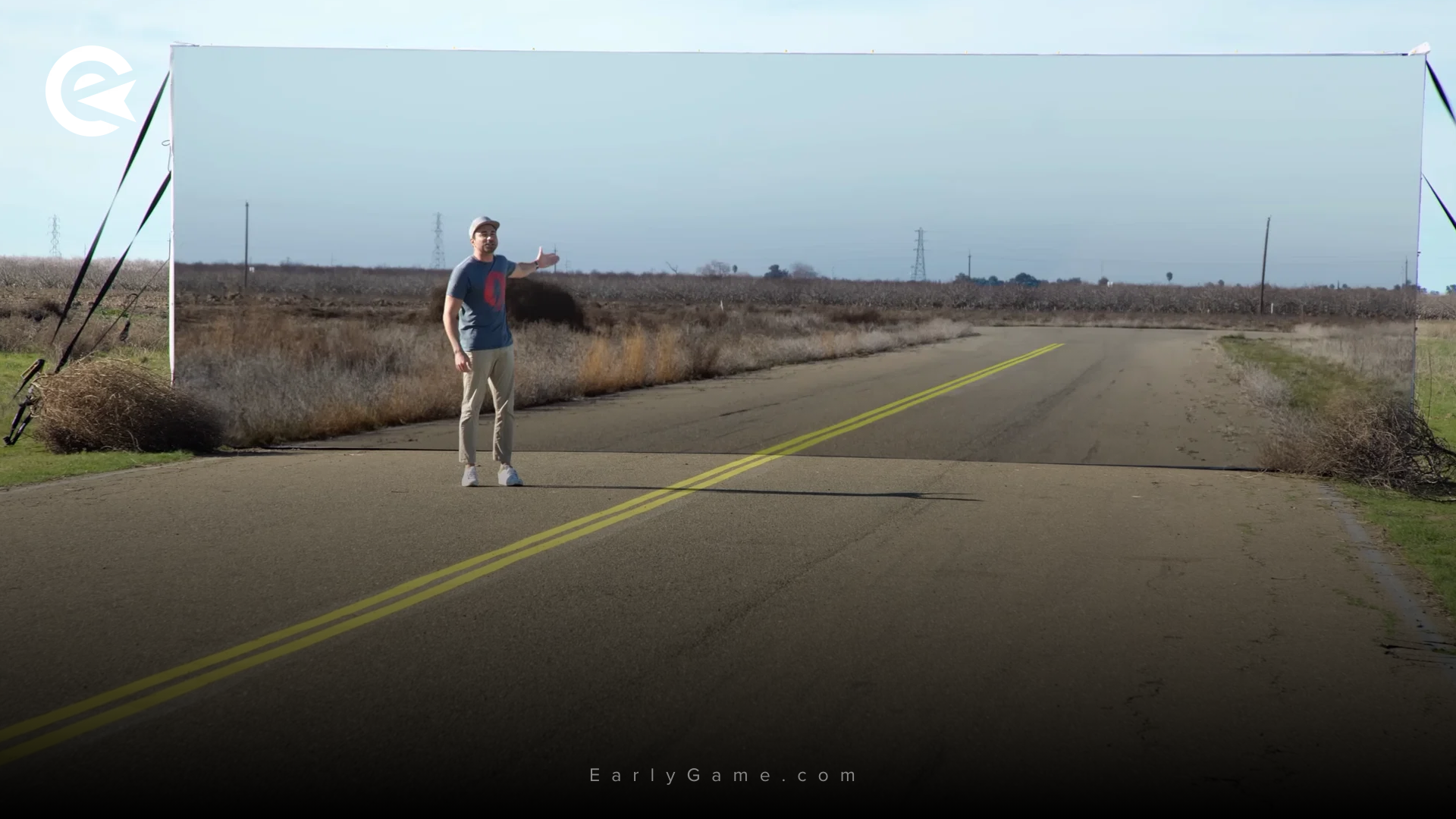Former NASA engineer and popular YouTuber Mark Rober recently released a video in which he put Tesla's Autopilot safety features to the test. Now further details have been revealed.
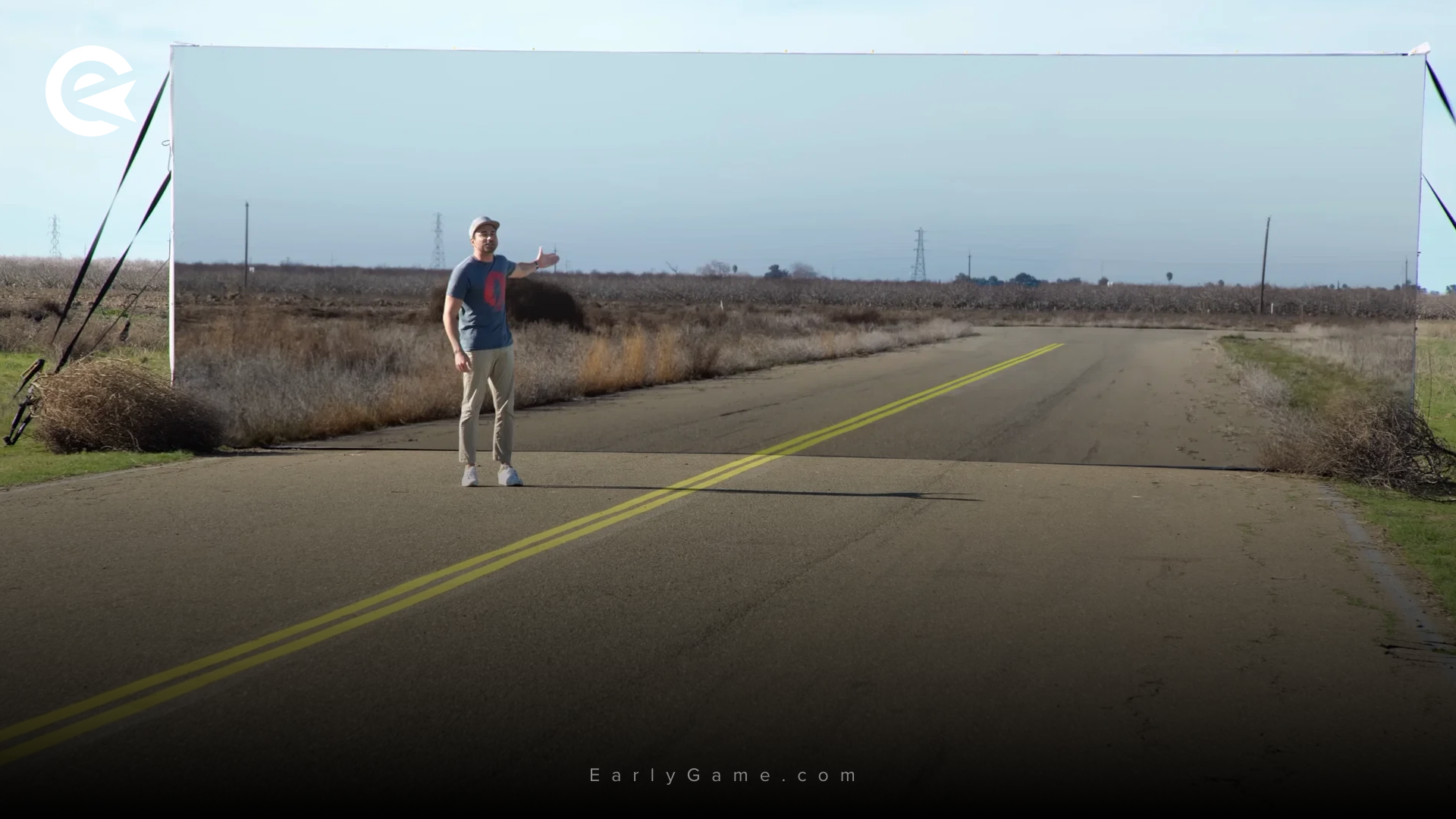
Former NASA engineer and popular YouTuber Mark Rober recently released a video in which he put Tesla's Autopilot safety features to the test. Now further details have been revealed.
In his video, Mark Rober uncovered a significant weakness in the camera-based assistance systems of Tesla. In a series of tests, Rober compared the performance of a Tesla Model Y with a LiDAR-equipped Lexus RX to evaluate their ability to avoid obstacles.
The results of these tests have sparked intense debate about the safety of Tesla’s Autopilot compared to competing technologies. Rober further received plenty of criticism for his possibly sponsored video.
The Tests in Detail
In the experiments, Rober and his team placed a child dummy as an obstacle on the road. In the first test, the dummy rolled across the street while both the Tesla and the Lexus approached at about 40mp/h. The LiDAR-equipped Lexus responded immediately and came to a safe stop to avoid a collision. The Tesla Model Y, whose assistance systems rely solely on cameras, continued its course without braking and collided with the dummy, despite being equipped with an automatic emergency braking system.
In a subsequent test with Tesla’s Autopilot activated, the vehicle was able to brake in time and avoid an accident. However, a clear difference in reaction capability between the two systems was evident. Another drawback of Tesla’s Autopilot is the occasional occurrence of phantom braking.
Rober decided to keep Autopilot activated for the remaining tests. The following tests were conducted under increasingly challenging conditions. One particularly difficult scenario for the Tesla was detecting the dummy in dense fog and heavy rain. In these conditions, the Tesla performed worse, whereas the Lexus, thanks to its LiDAR technology, reliably recognized the obstacle. In a simulation of sun glare, where the vehicles approached the dummy with the sun low on the horizon, the Tesla surprisingly managed to recognize the obstacle and stop in time – just as the Lexus did.
The final test was more humorous and less realistic. Rober set up a giant wall made of foam blocks, resembling a typical Hollywood set – a so-called "fake road wall." Even to the human eye, distinguishing the photo wall from a real road was difficult. The LiDAR-equipped Lexus stopped effortlessly, as its sensors recognized the wall as an obstacle and were not fooled by the illusion. The Tesla, relying only on cameras, failed to differentiate between the real wall and the depicted road. The result was a dramatic crash: the Model Y plowed through the foam wall, destroying the dummy placed behind it. This demonstration highlighted how heavily the system's functionality depends on its ability to distinguish real from artificial obstacles.
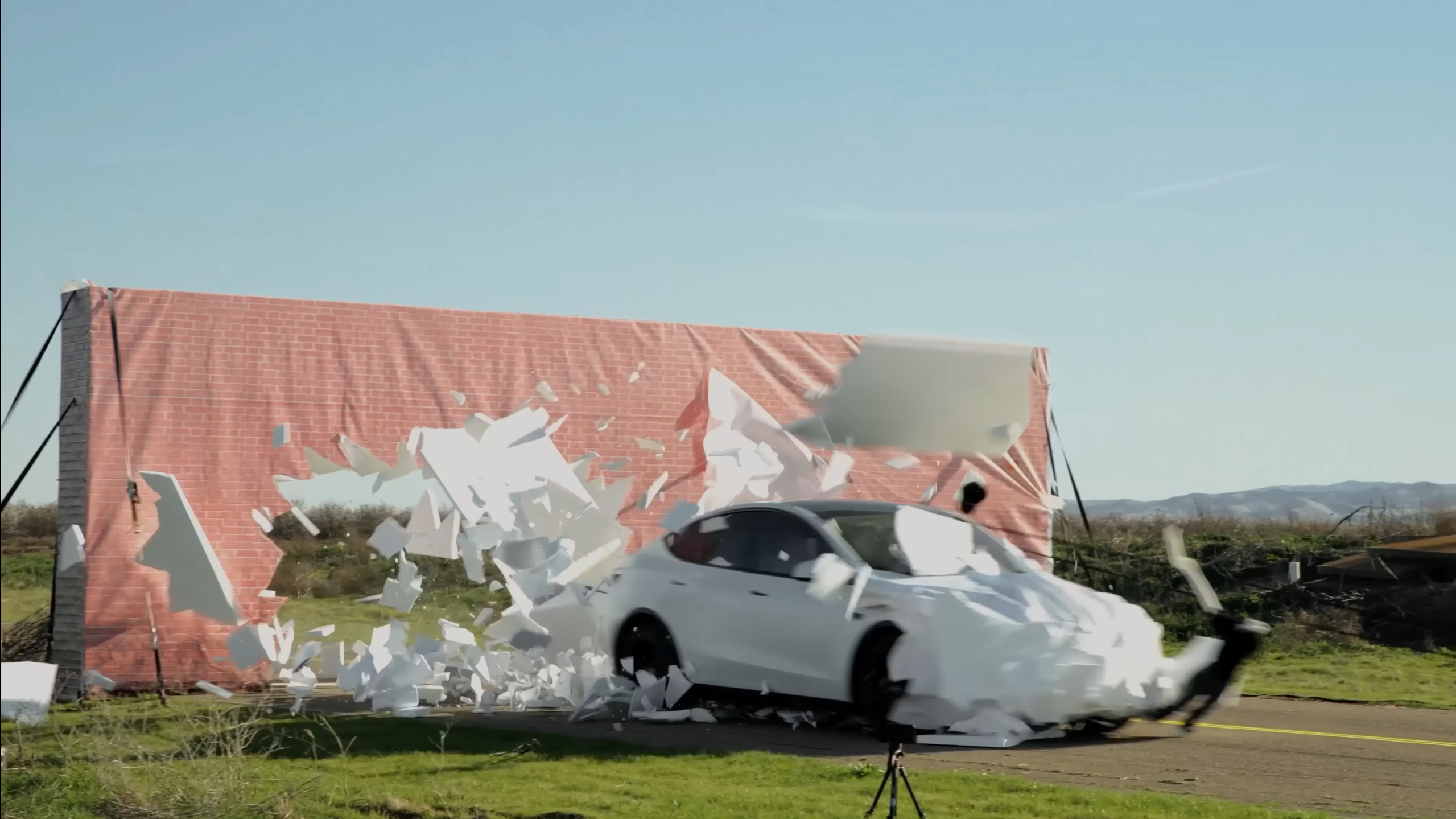
Criticism and Reactions
After the video was published, Rober faced significant criticism. Some viewers accused him of manipulating the video to cast Tesla in a negative light and promote Luminar, a company specializing in LiDAR technology. The prominent placement of Luminar employees and logos in the video fueled these suspicions. Luminar itself showcased the video on its company website but later removed it as criticism grew.
Another point of contention was the video’s title: "Can you fool a self-driving car?" Rober claimed to have activated Tesla’s Autopilot, which is technically a driver-assistance system – meaning the driver should remain attentive and be ready to intervene – rather than a fully autonomous driving mode.
On social media, inconsistencies in Rober’s alleged use of Autopilot were highlighted. Some argued that the function was not active at the time of the crash, as the central display showed none of the typical blue lane markings or the "rainbow road" effect, which indicate that Autopilot is engaged.
Here is the raw footage of my Tesla going through the wall. Not sure why it disengages 17 frames before hitting the wall but my feet weren't touching the brake or gas. pic.twitter.com/ddmeyqO3ww
— Mark Rober (@MarkRober) March 17, 2025
Rober responded to the allegations by releasing "raw footage" of the crash to debunk the rumors. In a post on X, he stated that he was unsure why the Autopilot deactivated 17 frames before impact but claimed his feet had not touched the brake or accelerator. However, this raw footage only fueled further doubts, as Tesla enthusiasts pointed out discrepancies: in the original clip, Autopilot was activated at 39 mph, while in the new footage, it was turned on at 42 mph, suggesting the test had been conducted multiple times.
These events have sparked speculation that the video was staged to damage Tesla’s reputation, particularly given Musk’s close ties to the White House through the Department of Government Efficiency, which could worry investors.
You know what really needs to happen with this Mark Rober fiasco? Tesla needs to pull the data from the car itself and show us exactly what happened. How many attempts, speeds, Autopilot engagement/disengagement, the whole thing. I know what the data will show, that this was a... pic.twitter.com/bD0uATJW8B
— Blackout Trades (@blackouttrades) March 17, 2025
Viewers also noticed a strange inconsistency involving a Google Pixel smartphone used to capture in-car footage during the tests. While Rober allegedly used the device, they observed that the "G" logo on the phone’s back remained vertically aligned in the video, even when the phone was held horizontally. This led to speculation that an iPhone or another device was used instead, with the "G" logo artificially added later. The reason for such an edit remains unclear, as Google was neither mentioned as a sponsor in the video nor in the video description.
Mark Rober: "Aaaand post. This video is gonna be a winner everyone hates Elon right now"
— Chris Robovan (@chrisrobovan) March 17, 2025
Tesla community: *pokes a million holes in the "experiment" within 36 hours*
Mark Rober: "Ah oh uh here's the raw footage I don't know what happened I'm innocent!" pic.twitter.com/DKTHnfnZXl
Conclusion
Mark Rober, known for his scientific experiments and creative tests, has ignited a heated debate about the limitations of Tesla’s camera-based Autopilot technology with his latest video. While many viewers see his experiments as a legitimate safety check, critics accuse him of deliberately manipulating the footage to discredit Tesla and promote LiDAR technology. Whether this was an intentional deception or simply an attempt to highlight a genuine weakness in Tesla’s system remains disputed.
One thing is certain: this video has intensified the discussion about Autopilot technologies and their safety concerns – once again putting Elon Musk and Tesla under scrutiny.
